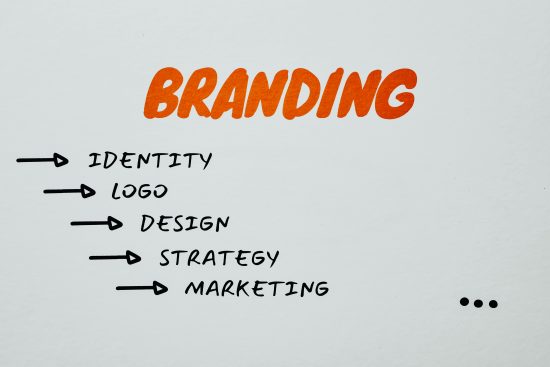
From The Source: Getting Your Hands On Material For Digital Design
Even if you’re very experienced using image manipulation tools like Photoshop and GIMP, you may not be a capable artist. These skills don’t have to come together. In fact, it’s quite easy to manipulate images, even if you’re awful at drawing. But, this can create certain problems when generating content for your work. A lot of people using this software are using it to create media for websites, social media, and advertising. And, this usually involves some graphics. So, to help you out, this post will go through some great ways to source your graphics.
 In most countries, you will find that images are governed by copyright law. This is so that people can maintain their rights to content that they create, and so that other people can’t use it without permission. If you use copyrighted content illegally, the content will likely be taken down. If you make a profit or offend repeatedly, you could find yourself in trouble with the law. So, it’s always best to take these laws very seriously. Of course, the law is different in every country, though. You should always research law yourself, to find the information that’s relevant to you. Most governments provide this information online. But, if yours doesn’t, you may need to visit a place with a record of your country’s laws. In most cases, you can use the methods below to find content that you’re allowed to use.
In most countries, you will find that images are governed by copyright law. This is so that people can maintain their rights to content that they create, and so that other people can’t use it without permission. If you use copyrighted content illegally, the content will likely be taken down. If you make a profit or offend repeatedly, you could find yourself in trouble with the law. So, it’s always best to take these laws very seriously. Of course, the law is different in every country, though. You should always research law yourself, to find the information that’s relevant to you. Most governments provide this information online. But, if yours doesn’t, you may need to visit a place with a record of your country’s laws. In most cases, you can use the methods below to find content that you’re allowed to use.
Google is a great tool to find images that you’re allowed to use. It’s image search allows you to filter images, only showing ones that can be reused. To do this, search for images on Google. Below the search bar, you should see a Tools option. Click on this, and then select the Usage Rights drop down. The next selection will be based on your use for the image. If you plan to modify it, select that option. And, if the graphic isn’t being used by a business, you can set it as noncommercial. You still have to be careful here, though. A lot of image owners are happy to let you use their images, in return for a credit wherever you use it. The way you have to do this will depend on the person who owns the image. Look for information about this on the page you downloaded the image from. Or, try and contact the owner directly to ask.
Sometimes, you’ll need something more specific, though. Certain image types won’t be found by a Google search. So, you may have to look further. You will find a lot of different companies distributing a lot of different types of image. Things like website favicons and logo templates won’t be so easy to find through normal searches. This means going to a regular Google search, and looking on websites for the resources you need.
For example, when creating a slideshow, you may need to have little arrow logos as scroll buttons. Or, when creating an email template, you may need icons to spice it up. For this sort of thing, the best place to look is on a character website like http://www.copypastecharacter.com. Most websites like this will have a lot of offerings that are free, and others that you can pay for. But, like other graphics, you will probably have to credit the owner for free usage. So, always make sure that you review the website before using the images.
Stock photos provide a great way for graphic designers to get their hands on content, without having to invest in an expensive camera. In recent years, stock images have become widely available. Websites like ShutterStock offer loads of options that can be used for free. A lot of websites like this require very minimal credit. And, if you need something a little nicer, they offer paid images that don’t need any credit at all. This will provide you with far more options than an image search. Most websites like this have detailed tagging systems for images. This means that you can filter and find the perfect photo without having to spend hours searching.
Sometimes, it can be worth spending a little bit of money on content. Most images are very cheap. And, some services will even let you subscribe to them. This will provide you with loads of premium content, that you won’t have to credit. This is obviously a great boon to any designer. This should all give you a good idea of how to get your content without having to break the law. Design can be a hard job, and understanding the law even harder. So, make sure that you are confident that you’re not breaking the rules, before using images.

 My name is Garlak Theodorakis, I am graphic designer with almost 10 year experience in the field. Founded Tooft.com in january 2010 with idea to share my knowledge with the world.
My name is Garlak Theodorakis, I am graphic designer with almost 10 year experience in the field. Founded Tooft.com in january 2010 with idea to share my knowledge with the world.






